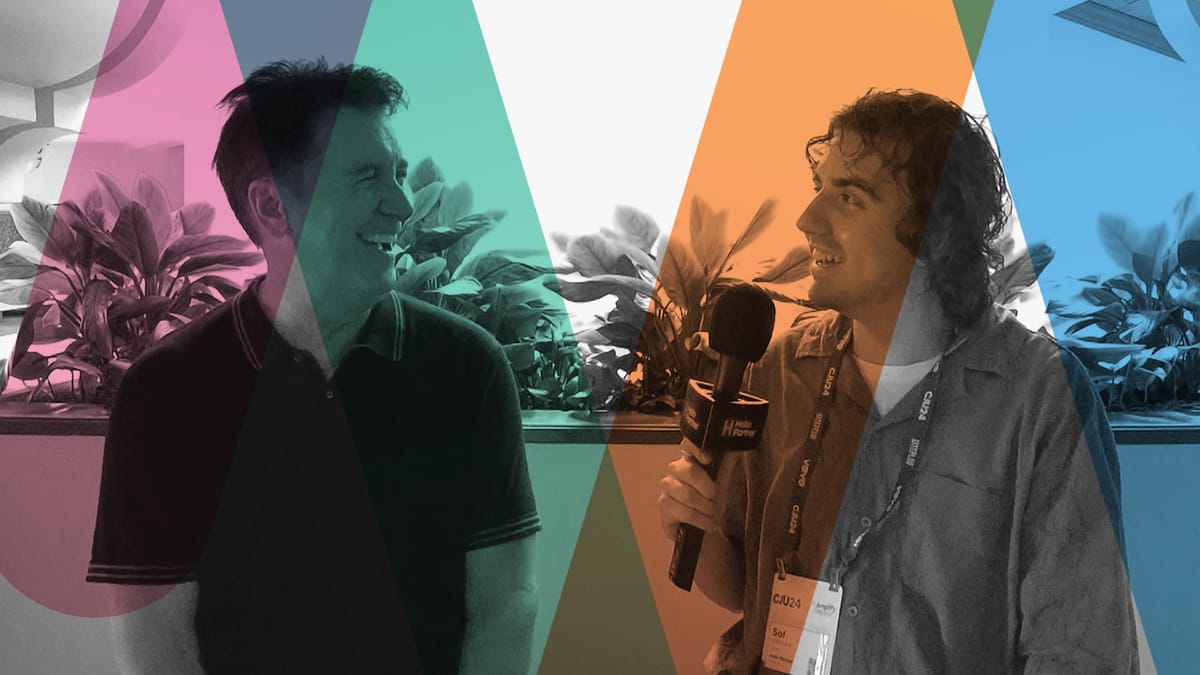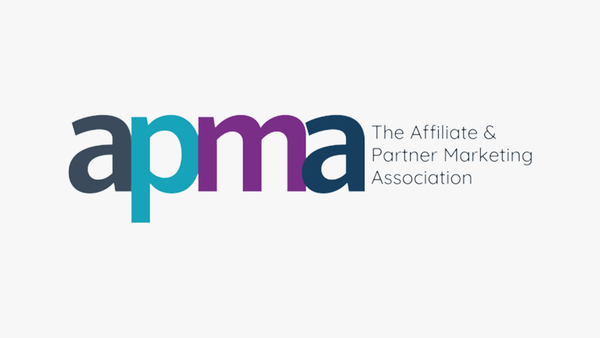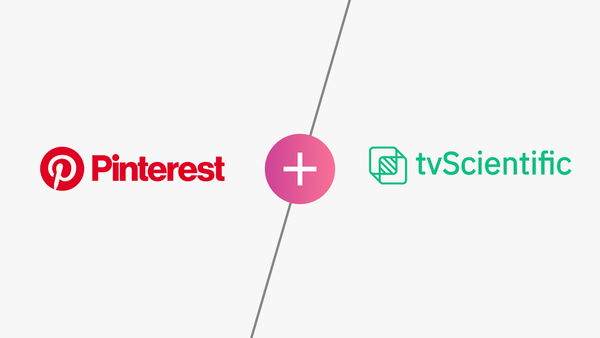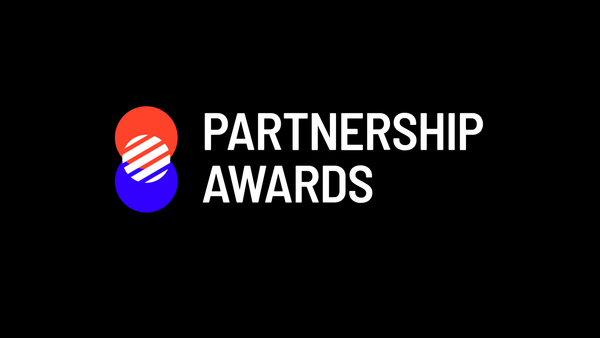Below is a transcript of my conversation with Santi Pierini, CEO of CJ, recorded at CJU 2024 in Santa Barbara, California. Even further down, at the very bottom of this page, you can watch the video of our chat, or listen to it like a podcast. Whichever way you prefer.
It’s a conversation loaded with wisdom and revelations – of course, all on Pierini’s side. He is a visionary in the worlds of tech and marketing, visible in his pioneering work on AI at NASA in the 90s, as well as his early adoption of influencer marketing. Now, he predicts affiliate to be the next big thing.
Judging from his track record, this is great news for affiliate marketing.
Pierini cares a lot about the space. Strikingly, he advocates for a unified push in the right direction from all the networks. “I believe in CJ, I want us to win. But if every one of our competitors is pushing in these same directions, we can change the whole industry,” he remarks. “It's not just our customers that benefit. It's the whole industry, which is good for everyone.”
It’s a refreshing and progressive attitude towards the industry. As affiliate marketing approaches the close of a year that has simultaneously thrown immense growth and impassable obstacles its way, this kind of pragmatism is essential to navigating a clear route up the mountain, avoiding a stumble off the edge.
We cover a multitude of topics, including his background in AI at NASA, the role of networks in 2024, Site Reputation Abuse and other Google issues, retail media opportunities, growth in APAC, and much more.
Without further ado, let’s hear from Pierini himself.
Sol Wilkinson: Hey, we're here at CJU 2024 in the very sunny Santa Barbara. I'm Sol from Hello Partner, and I'm here with Santi Pierini, CEO of CJ. Hey, Santi, how's it going?
Santi Pierini: Hey Sol. It's going great. Thanks for joining us here in Santa Barbara.
SW: I wanted to learn a little bit more about your background because you've had a really impressive career. Amongst other roles, I saw that you actually started out at NASA. I think you are probably the only CEO in affiliate marketing who has also worked at NASA.
SP: (Laughs) Fairly safe bet.
SW: I wanted to learn a little bit about how that role came about, and what were some of the key lessons that you learned there?
SP: So, I should probably rewind just a little bit. I was a Computer Science major, Cal Poly San Luis, which is just north of us here; very technical. And when I got out of school, I felt I needed a little more business acumen. So I worked for Accenture for a number of years, but then I boomeranged right back to technology.
There was an opening at JPL, which is the unmanned spaceflight part of NASA, and I went there to get my PhD in AI in 1994. I ran, or partially ran, the supercomputer laboratory there, and they were running so many cool experiments and simulations, one of which was simulated surgeries where they could make all their mistakes in a virtual world under AI and machine learning, and then that would translate to less mistakes in the actual operating room.
I just got fascinated with the potential for AI, but also knew that it was decades off. Now, it’s the trendiest topic on the planet, but it feels very real and personal to me, and so I'm excited that's happening.
But that's why I went there. One of the learnings was that there's so much redundancy built into every system they do, because if there's a spacecraft that's passing by Triton, one of the moons of Neptune or Jupiter, it happens once. It's a once in a lifetime. So there's backups to backups to backups, there's failover, there's redundancy.
Affiliate marketing isn't quite as mission critical, but if we go down, people start losing money. And I think the concepts that I learned there really do apply to our industry as well.
SW: I had no idea that AI was even in development in the 90s.
SP: It was very, very nascent. I'd call it more basic machine learning. So rules engines, and those rules engines you could run models with. But it took so much computing power, that's why you needed a Cray supercomputer to actually run some of this. And it was very early.








